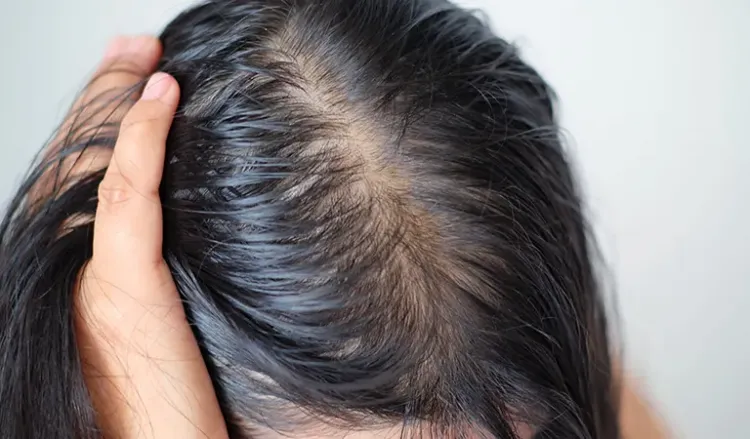
On average, the scalp has nearly 100,000 hairs. It’s normal for people to lose around 100 of those hairs per day. Some people lose more hair than that or notice their hair thins, especially with age.2
Androgenetic alopecia is one of the most common types of hair loss, affecting nearly 30 million women and 50 million men in the United States.3 Androgenetic alopecia is generally known as female pattern hair loss (FPHL) in women or male pattern baldness in men.
FPHL develops differently than male pattern baldness, which causes the hairline to recede in an “M” shape. With FPHL, the hair on the top of the head thins, resulting in a wide middle part. FPHL typically does not cause baldness.
Researchers are not entirely clear on what causes FPHL and male pattern baldness. Genetics and hormone changes are some of the likeliest factors. Androgens, or male sex hormones, help control hair growth in men and women. Too many androgens may shorten your hair’s growth period, which causes short, thin hairs. People with polycystic ovary syndrome (PCOS), a hormone imbalance that causes increased androgen levels, may have a higher risk of FPHL than others.